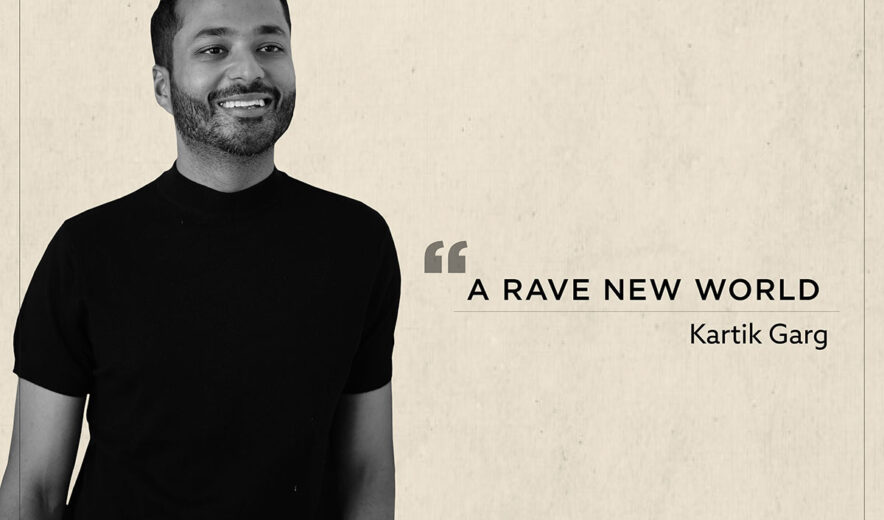A Rave New World
Psychedelics and psychoactive drugs are a hot topic of conversation right now. The moral grey area that the conversation currently exists in is largely the result of a public narrative shaped against stimulants and hallucinogens, all the while its widespread use for recreational purposes and the research into its diagnostic and therapeutic uses prevails public knowledge.
But before we delve into the nitty-gritty of the great psychedelic debate, we shall take a trip further back, all the way back to 16th April, 1943. Albert Hofmann, the man who discovered the Lysergic Acid Diethylamide (or LSD, for the uninitiated), accidently ingested some of the drug in the process of synthesizing it, and entered a “dreamlike state” while perceiving an “uninterrupted stream of fantastic pictures, extraordinary shapes with an intense, kaleidoscopic play of colors.”
Three days later, he ingested the drug again, this time a controlled dosage of 250 micrograms, and rode out the effects of LSD as he cycled back home, and effectively catalyzed the era of psychedelics in the process. Thenceforth, the 19th of April has been celebrated as the “Bicycle Day” by enthusiasts, in commemoration of the first intentional LSD trip.
Shortly after Hofmann’s discovery, research began and extended into the 1960s on how LSD could be utilised in psychotherapy, treating ailments like alcoholism, and perhaps even in easing the pain of cancer patients. However, as Nixon waged his war on drugs in the 1970s, LSD fell into the deep pit of regulation and eventual prohibition, which not only negatively impacted public perception towards the drug and the communities associated with it, but also brought all research to an abrupt halt. This did not stop underground research, however. With the advent of the 21st century and technological advancements that with it, MRI and PET scans signaled the possibility of monitoring the effect of hallucinogens on the brain, and a renewed interest in psychedelics emerged, accompanied by a movement that ushered in a change in the cultural and political attitudes towards drugs.
A mystical journey through the subconscious; the shortcut to mental harmony through colourful, vibrant experiences. But are we ready for LSD to be brought into the mainstream?
It goes without saying that a little moderation goes a long way. Particularly when it comes to drugs, the line between recreational use and the slippery slope to addiction is quite thin. Although LSD is one of the few examples of a drug that is considered non-addictive, the experience can be rather intense for the uninitiated and the underprepared. Alternatively, a substantial amount of research points to the positive effects of LSD, particularly in providing assistance to or treating mental disorders such as OCD, PTSD, alcoholism, depression, and cluster headaches. And when all else is said and done, it’s simply a magical, mystical and enchanting experience.


Leave a Reply